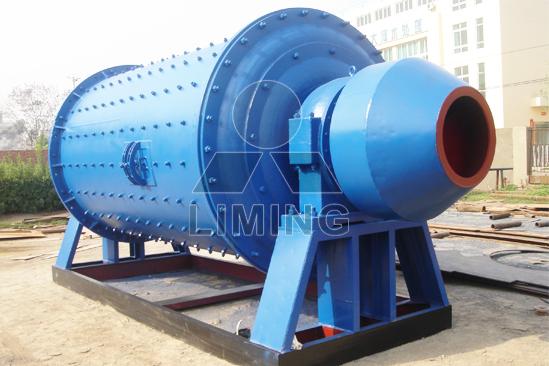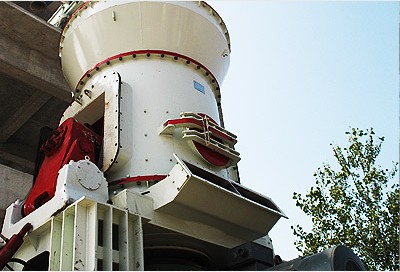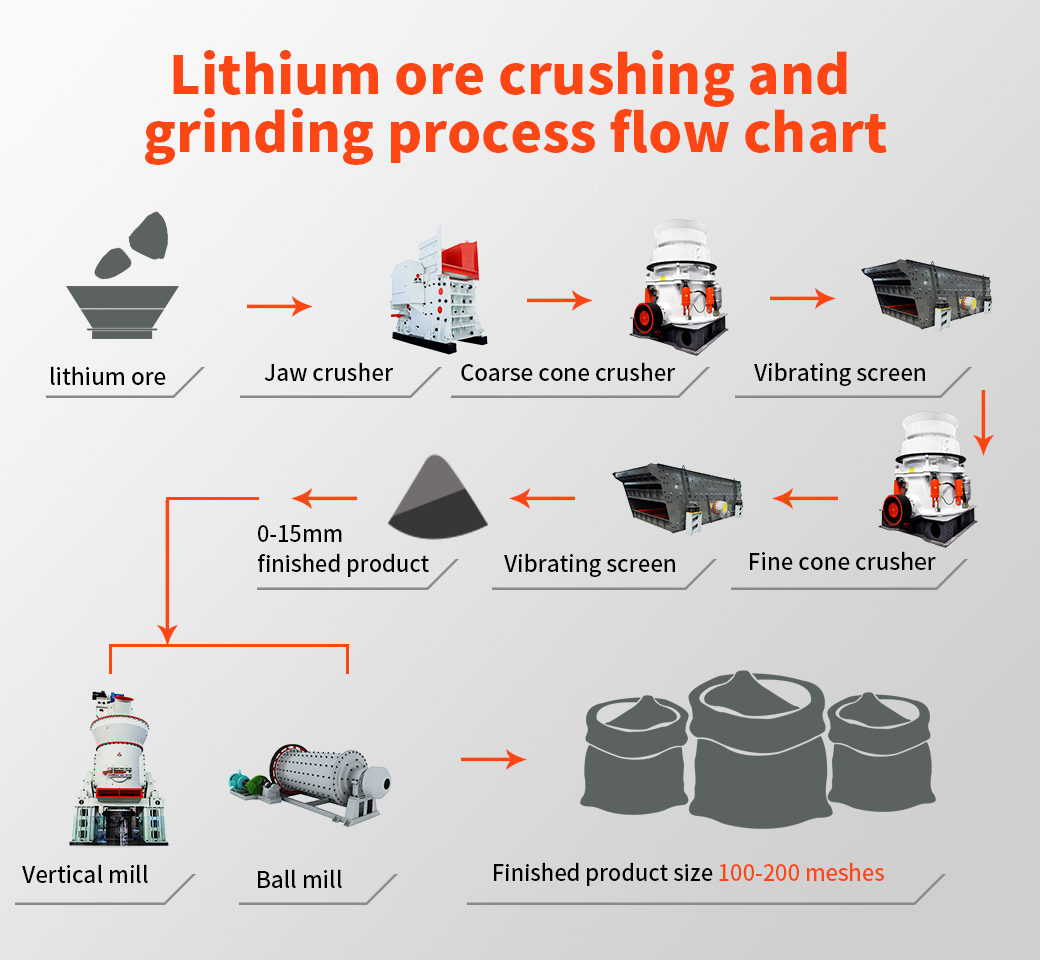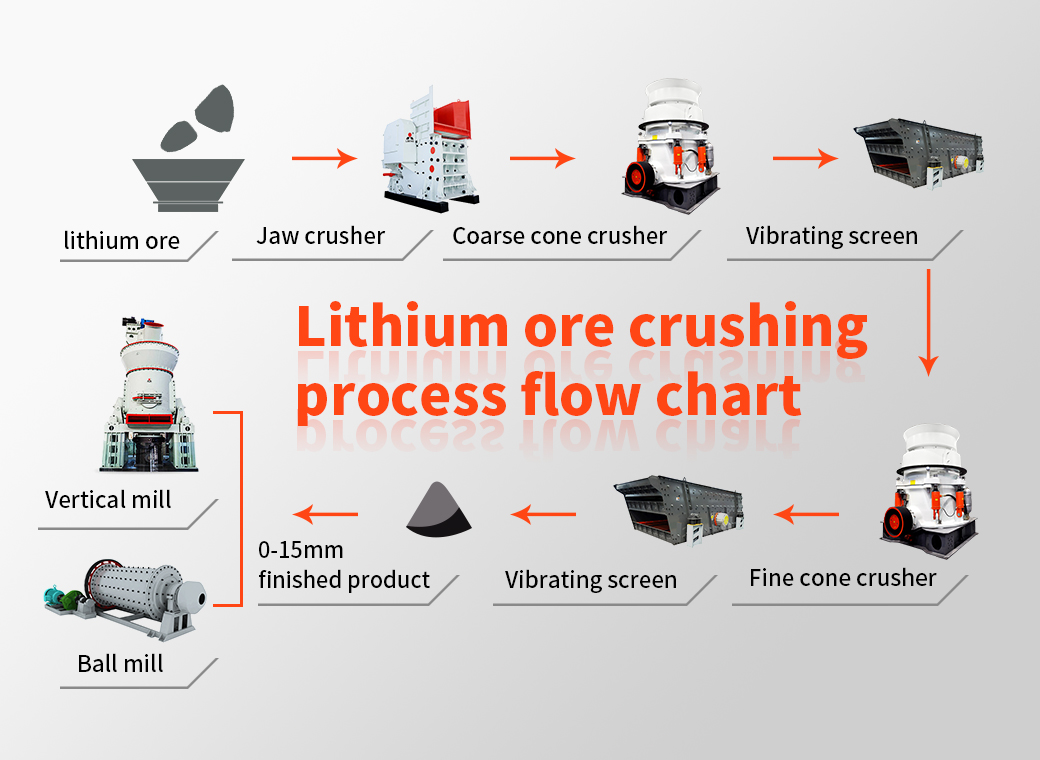The two-compartment ball mill operating in a closed circuit with a high efficiency separator is thus still the most preferred arrangement for new cement grinding installations although the vertical roller mill now has emerged as a viable alternative to the ball mill system and has increased its share of the market for cement mills over the last decade. There are a number of explanations to this situation, related to issues like cost and ease of operation, cost of installation, cost and ease of maintenance, product quality, versatility, etc.


Grinding process
The grinding process in ball mills and vertical roller mills differ fundamentally. In a ball mill the comminution takes place by impact and attrition. The comminution in the vertical roller mill takes place by exposing a bed of material to a pressure sufficiently high to cause fracture of the individual particles in the bed, although the majority of the particles in the bed are considerably smaller than the thickness of the bed.
Product quality
The purpose of the mill system is to provide a fineness to the product that will result in the required reactivity and consequently the strength producing potential of the product – the cement. The fineness of cement is usually monitored by measuring the specific surface area (Blaine) or a sieve residue of the product. However, the effects of the mill system on the quality of the product are more complex than what is reflected by a Blaine value or a sieve residue. It includes the following factors associated with the product:
- The particle size distribution
- The degree of dehydration of the gypsum added to the cement
- The prehydration and carbonation of the clinker minerals
Particle Size Distribution
It is characteristic of grinding in vertical roller mills that the energy input to the material per pass between roller and table is small, for which reason a large number of passes are required to obtain the necessary specific energy input to the material. This leads to a very high internal material circulation factor.
High circulation factors invariably lead to steep particle size distribution curves, if the separation process is efficient. It has therefore been necessary to adapt special measures to reduce the inclination of the particle size distribution curve, in order to get a cement quality that is similar to the quality of cement ground in a ball mill.
Versatility
A vertical roller mill is a very versatile mill capable of grinding a wide range of products. The OK mill has proved suitable for grinding not only pure slag and Ordinary Portland Cement, but also blended cements with a wide range of additives such as slag, pozzolana, limestone and fly ash. Several OK mills grind two or more products in alternate grinding. Shifting from one product type to another is easy and with only a very short transition period. A decided advantage of the vertical roller mill compared to a ball mill is its ability to dry feed materials with high water content, like for instance slag. Further, the operational parameters of a vertical roller mill are easily adapted to suit alternative products. Even adjustment of the dam ring, should that be required, is an easy task compared to moving the diaphragm of a ball mill. With respect to versatility the vertical roller mill can thus be considered to be superior to the ball mill.
Maintenance of wear parts
Wear parts for a ball mill, i.e. grinding balls, liner plates and other mill internals are either very easy to maintain or they have a long life time. The grinding charge is simply maintained by adding more grinding balls to the mill as the mill charge becomes worn and the power consumption and the output capacity decrease.
Liners and mill internals for the first compartment have typical lifetimes from at least two years (grate plates for the intermediate diaphragm) to around 5 years (shell liners). Parts for the second compartment last even longer, typically from around 4 years (outlet grates) to around 9 years (shell liners).
Also for a vertical roller mill the performance will deteriorate as a consequence of progressive wear of the grinding parts. This, however, is not only reflected in a reduced capacity, but also in a higher specific energy consumption and a higher level of mill vibrations.
We are a professional ginding mills supplier, and we design various ball mills and vertical roller mills according to customers’ needs. So for more information, please contact us!





 Spodumene: According to the hard rock crushing process, the crushed product is generally 5-40mm, combined with different design requirements of customers, two-end or three-stage crushing, high-grade crushed products (above 4-5%) can be directly used in the metallurgical process to produce lithium carbonate Or lithium hydroxide, the particle size of the finished product is generally around 20-40mm; low-grade generally requires ball mill grinding and separation, and the particle size of the finished product is generally around 5-20mm;
Spodumene: According to the hard rock crushing process, the crushed product is generally 5-40mm, combined with different design requirements of customers, two-end or three-stage crushing, high-grade crushed products (above 4-5%) can be directly used in the metallurgical process to produce lithium carbonate Or lithium hydroxide, the particle size of the finished product is generally around 20-40mm; low-grade generally requires ball mill grinding and separation, and the particle size of the finished product is generally around 5-20mm;
